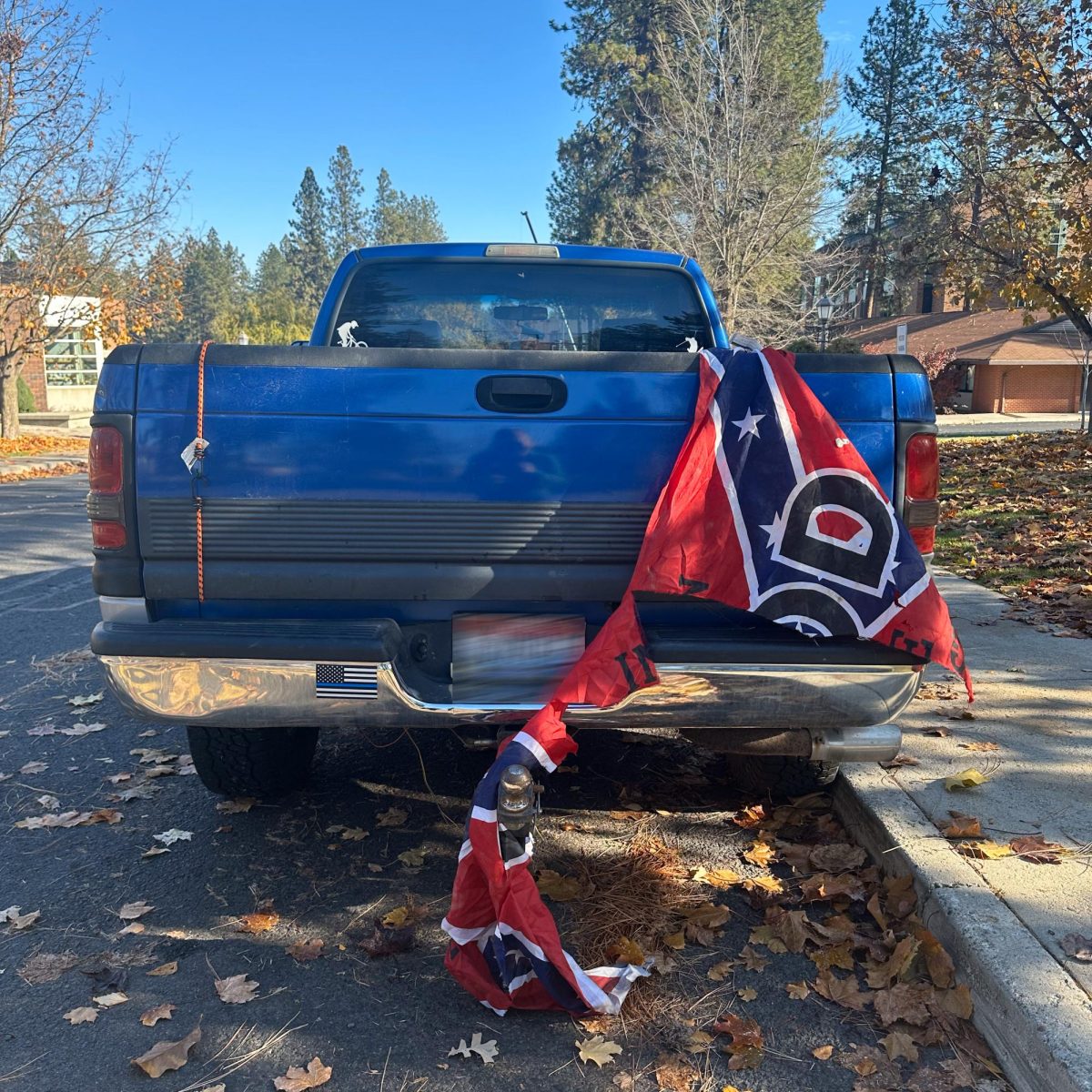by Ashton Skinner
Guest Columnist
2015 has been a tipping point for transgender visibility and media representation. With TV shows like “Orange is the New Black,” “Glee,” “Transparent,” “The T Word” and “Becoming Us,” transgender actors and characters are entering more American homes than ever before.
But arguably the two most public figures of this new branch of media are actress Laverne Cox and decathlon champion-turned reality TV star Bruce Jenner.Both celebrities were assigned male at birth and must face the spotlight every day while trying to succeed in life as the women they truly are. They also represent the diversity within the transgender community; they are famous in part because of their shared identity, but the lives they lived before the spotlight could not have been more different. Cox came from a traditionally marginalized group—poor, black, gay men—while Jenner grew up in the height of privilege as a white, healthy, straight male.
It is easy to think about privilege as a one-dimensional issue. For instance, we may claim that “all transgender people will face discrimination” or that “all white people have it easy.” However, these claims are false because of the many nuanced layers of intersection that each of us carries within our identity. These intersections of identity could not be more crucial in distinguishing how the Jenner and Cox speak up about transgender.
Seventeen million people watched Bruce Jenner’s interview with Diane Sawyer just on the day that it aired, according to USA Today. Laverne Cox has had an even greater impact this year and became a household name after she was featured on the cover of TIME Magazine, awarded a daytime Emmy and named one of TIME’s 100 Most Influential People of 2015. Jenner and Cox carry an enormous degree of power and influence in improving the lives of those in their community—a responsibility as enormous as the task itself.
Transgender Americans (an estimated 2 percent of the population) have staggering disadvantages in our country today. The average life expectancy of a transgender American is 36—transgender women of color are 16 times more likely than the average American to be murdered, and transgender suicide attempt rates are 20 times that of the overall population. The poverty and unemployment rates for transgender adults are double that of the national average. You can legally be fired for being transgender in 32 U.S. states and an estimated 97 percent of transgender people report experiencing discrimination or harassment at work. For the rights of this community, there is nowhere to go but up.
Cox has used her celebrity to increase the visibility and understanding of transgender people, in part because of her experience with marginalization in the past. Jenner, on the other hand, has been fairly silent about the important work that needs to be done—the potential product of a past full of privilege. There is no doubt that the country is watching these and other transgender public figures—we must all hope that they will use their influence to fix society and its mistreatment of transgender and gender-nonconforming people.
Contact Ashton at askinner15@my.whitworth.edu






